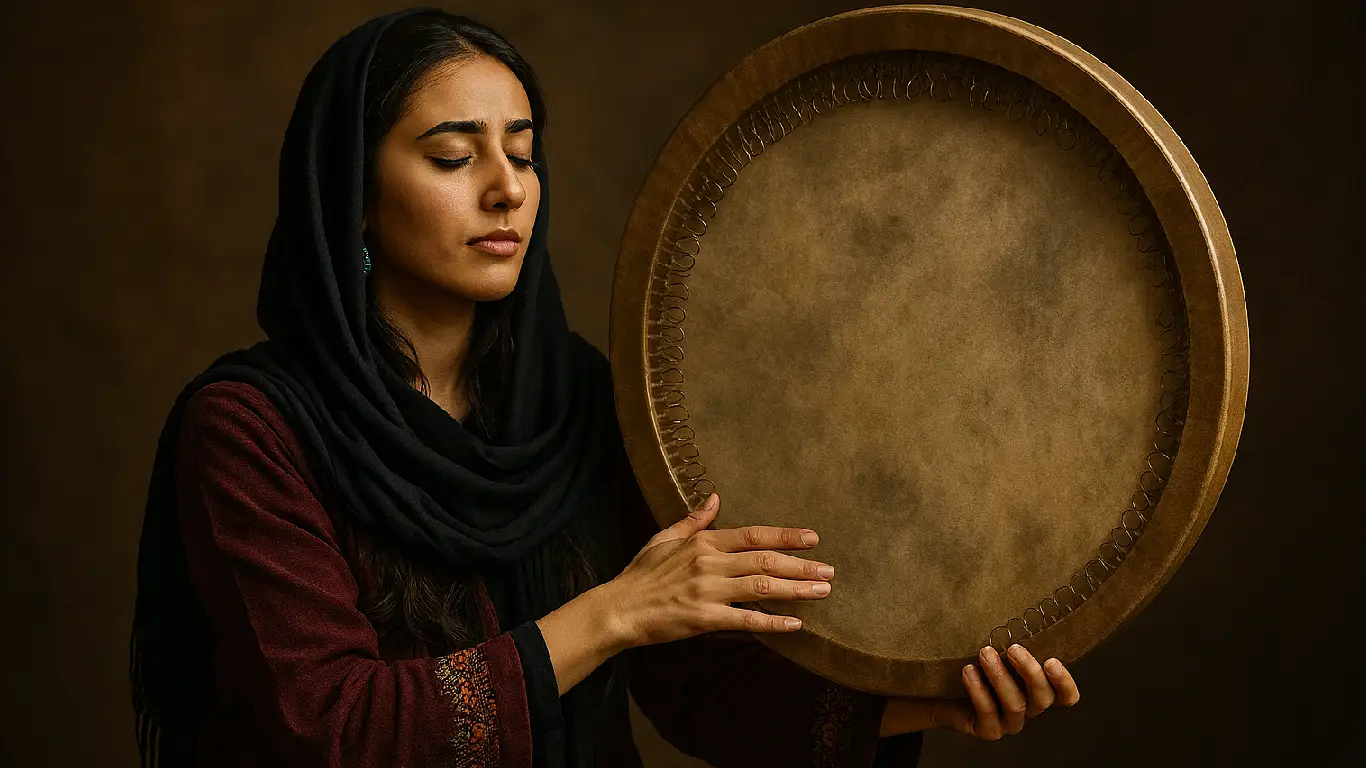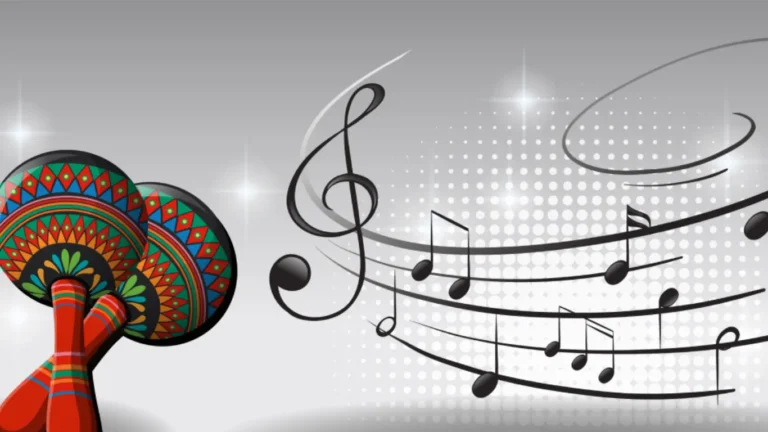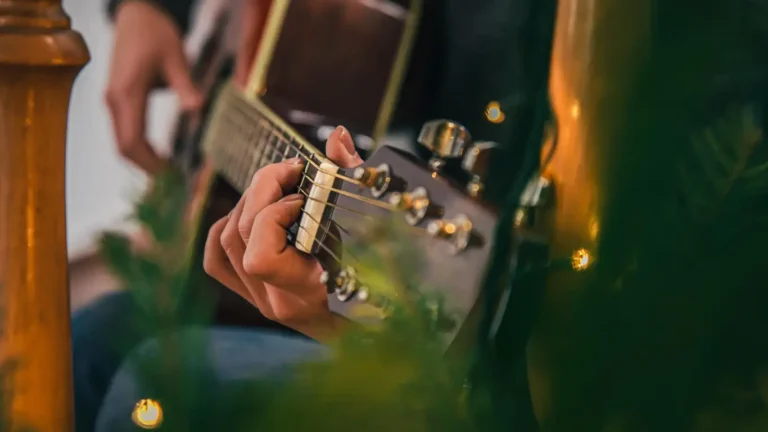Iran has a rich, ancient musical tradition that spans thousands of years, and at its core are the Iran music instruments—each one telling a tale of history, culture, and the human soul. Persian music instruments are not just tools of sound; they embody the very essence of Persian culture and art. Whether you're a lover of classical music or curious about the enchanting sounds of the East, diving into the world of Iranian traditional instruments will open a window to a universe of magical melodies.
In this article, we explore the most iconic Iran instruments—their origins, cultural significance, and the role they play in Persian music today. Whether you're a musician, a cultural enthusiast, or simply a listener looking for new sounds, the following instruments will offer you a deeper connection to the soul of Iranian music instruments.
The Most Iconic Iran Music Instruments
From the Persian string instruments to percussion marvels, Iranian musical instruments have been passed down through generations. These instruments are indispensable to Persian music, often regarded as symbols of Iran's national musical instrument heritage. Below, we explore some of the most iconic instruments that define Iranian instruments and their integral role in Persian music traditions.
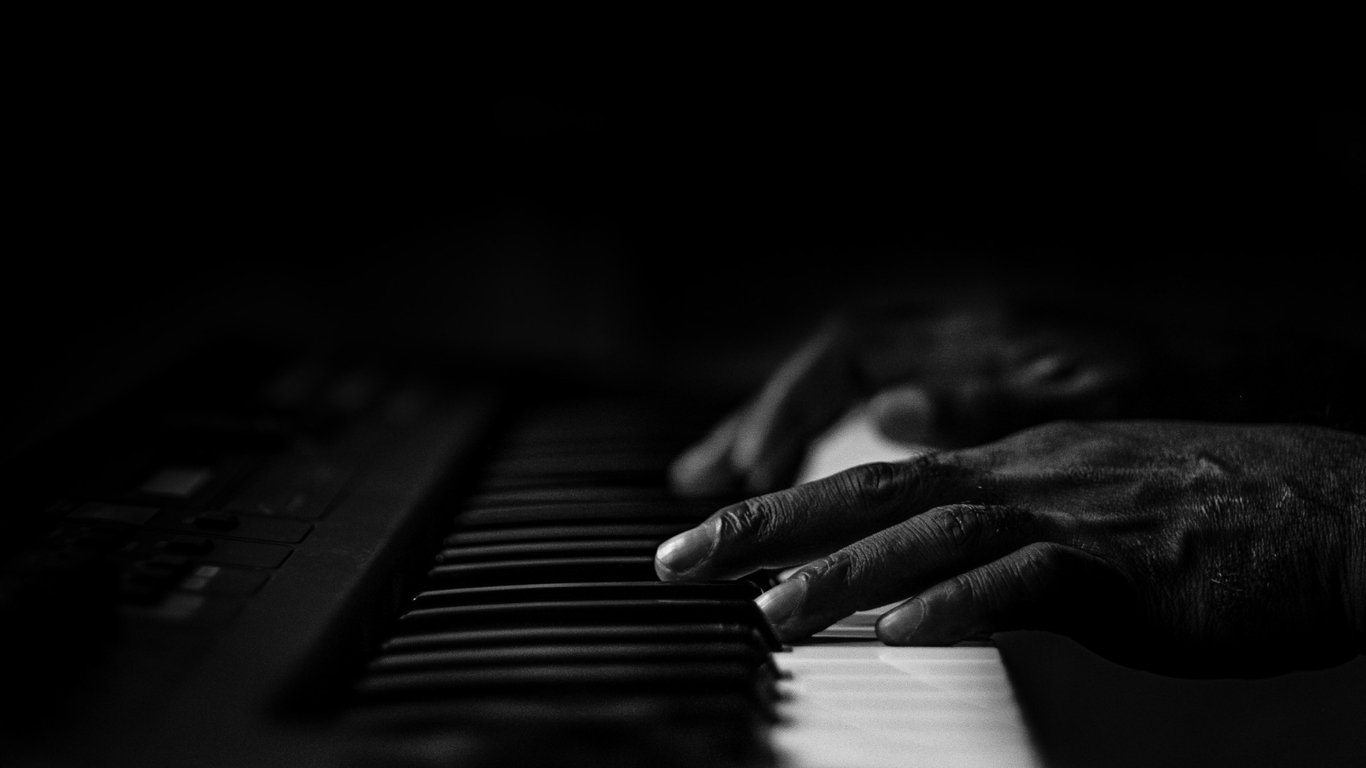
Music Is a Stress Reliever: The Power of Music in Healing and Relaxation
Soul of Iran Music Instruments: The Santur
The Santur stands as one of the most cherished and influential Persian musical instruments. This trapezoidal hammered dulcimer has its roots deep in ancient Persia, resonating with heavenly sounds that captivate listeners. It is often considered the heart of Iranian traditional instruments, due to its rich, melodic tone and versatility.
The Santur consists of 72 strings, divided into quadruples, and is played with mezrab, small wooden mallets. Known for its ability to deliver intricate, rhythmic patterns, the Santoor forms the backbone of Persian classical music, often accompanying poetry recitals and blending seamlessly with other persian instruments like the Setar and Kamancheh.
The Santur is more than just an instrument; it is an expression of artistic finesse, a sound that has evolved alongside the persian music tradition. Its ability to shift from solo performances to orchestral arrangements speaks to its versatility.
The Tar: The Grace of Persian String Instruments
Another iconic representative of Iran music instruments is the Tar. Known for its elegance and emotional depth, the Tar is considered the ancestor of all string instruments in modern music, including the guitar. The name Tar literally means “string” in Persian, and its deep, resonant tones are the epitome of Persian string instruments.
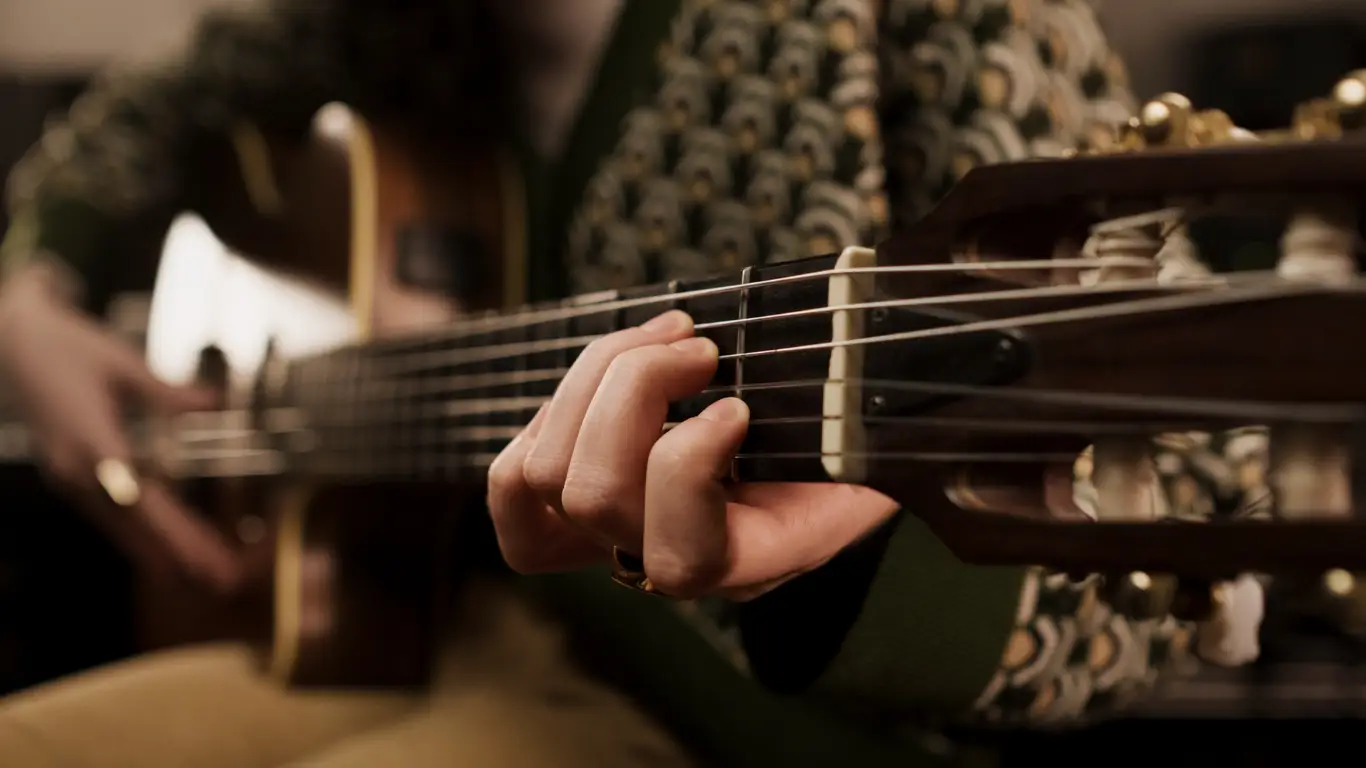
Music Education for Adults: A Journey into Traditional Persian Music
The Tar features a long neck, and a double-bowl body made from animal skin, which amplifies its vibrant, rich sound. Played with a small brass pick called a Mezrab, the Tar is capable of expressing a wide range of emotions—from sorrow to extreme happiness. This instrument is the cornerstone of Radif, the traditional Persian music repertoire, which forms the foundation of Iranian music instruments.
The Tar's connection to Persian culture goes beyond just music; it symbolizes the spiritual and artistic capabilities of the Iranian people, allowing musicians to speak the universal language of Persian music through expressive, emotional play.
The Ney: The Mysterious Sounds of Persia’s Ancient Flute
No discussion of Iranian instruments would be complete without acknowledging the Ney. This ancient reed flute has been a part of Persian music for over 4,000 years, and its haunting, spiritual tones have touched the hearts of countless listeners throughout history.
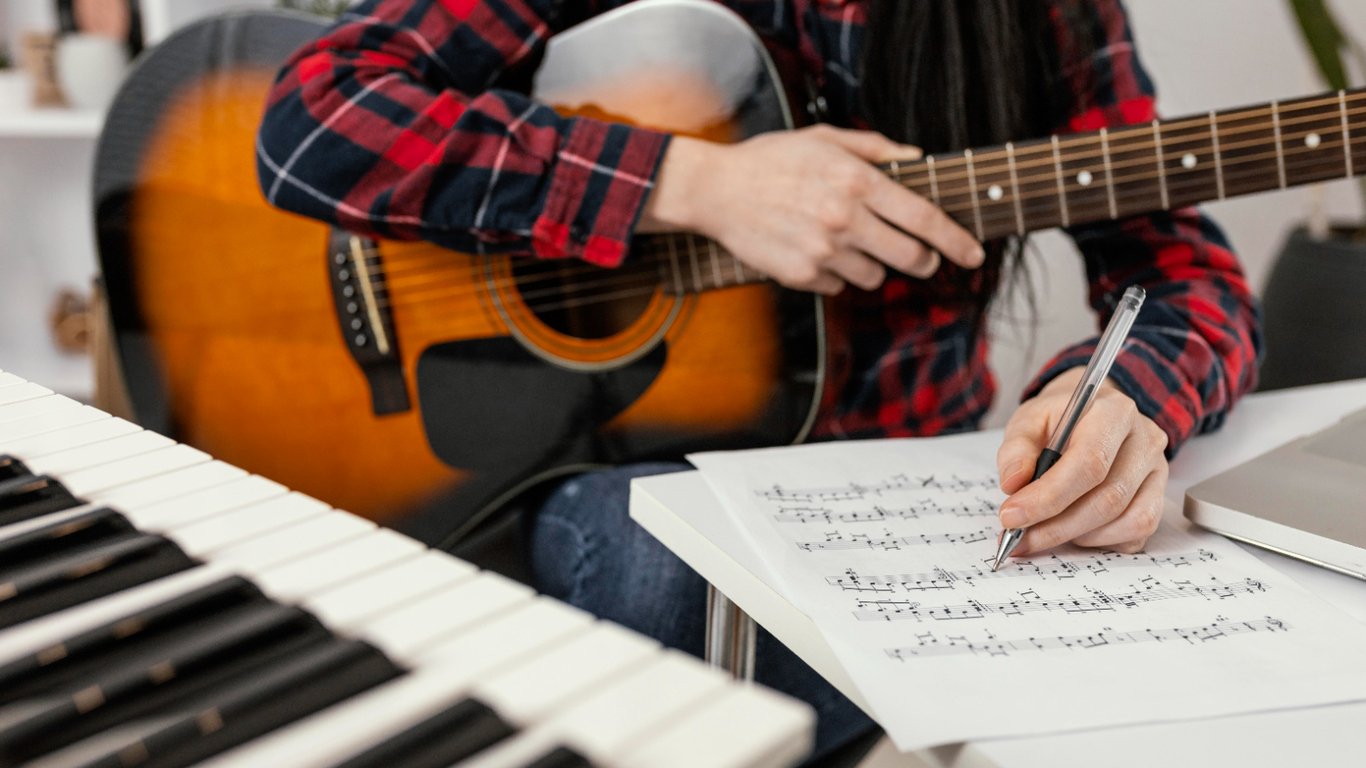
Adult Music Lessons: A Comprehensive Guide to Unlocking Your Musical Potential
Made from a simple hollow reed with six or seven finger holes, the Ney produces a sound that is often compared to the human voice—personal, expressive, and deeply moving. It holds a sacred place in Sufi rituals and Persian musical instruments, often paired with other percussion instruments like the Tombak and Daf to create a mesmerizing soundscape.
The Ney is known as the “instrument of the soul,” and its presence in Iranian traditional instruments is undeniable. Its sound captures themes of love, longing, and spirituality, resonating deeply with Persian philosophy and poetry. The Ney exemplifies how Iranian music instruments can transcend the physical realm to express the metaphysical.
Tombak: The Heartbeat of Persian Rhythms
The Tombak (also called Zarb) is a quintessential Iranian musical instrument, fundamental to Persian music. This Iranian traditional instrument is a goblet-shaped drum, made from wood with a goat skin head, producing a range of deep, resonant sounds.
Playing Technique
Played with bare hands, the Tombak creates various tones like the deep Doum, sharp Tek, and crisp Gheish. These techniques allow for intricate rhythms, making it a core instrument in Persian music ensembles alongside other Persian instruments like Tar and Santur.

Complete guide to Soulful Sounds of the Iranian Drums: Daf, Tombak & Azeri Dayereh
Cultural Significance
As a Persian music instrument, the Tombak serves as the rhythmic foundation in classical Persian music and Sufi ceremonies. Its role in Iranian traditional instruments highlights its spiritual and musical importance, extending its presence to modern fusion music globally.
Daf: The Sacred Drum of Persian Mysticism
The Daf is a large frame drum, one of the most revered Iranian traditional instruments, famous for its spiritual and mystical connection in Persian music.
Playing Technique
The Daf is played with palms and fingers, while its metal rings create a jingly texture. The deep, resonating tones and rhythmic patterns make it a standout in Persian music, especially in Sufi rituals.
Cultural Significance
In Iranian music instruments, the Daf has a special place, often accompanying whirling dervishes in Sufi practices. It’s also central in Persian music ensembles, helping unify the rhythm with melodic Persian instruments.
Conclusion: Daf & Tombak
Both the Tombak and Daf are foundational Iranian instruments in Persian music. The Tombak drives rhythm in traditional and modern fusion music, while the Daf adds a spiritual resonance to Persian music. Together, they epitomize the mastery of Iranian musical instruments, preserving the rich cultural heritage of Iranian traditional instruments.
Conclusion: The Timeless Beauty of Persian Music Instruments
The Iranian instruments we’ve explored, from the soothing Santur to the soulful Ney, are much more than just musical tools—they’re a reflection of a rich cultural history that stretches back thousands of years. Each of these Persian instruments carries a story, a piece of the ancient soul of Iranian music.
If you’re curious about diving deeper into Persian music instruments, it’s not just about the sounds, but about connecting with the traditions and philosophies that shaped them. Whether you’re a musician, a cultural lover, or simply someone who appreciates good music, learning more about these instruments can take you on a journey through time and art.
For those eager to learn, Navasaz Academy is a great place to start. With experienced teachers and a deep respect for the tradition of Iranian music instruments, it’s a wonderful place to get hands-on experience with these ancient instruments and truly understand the heart of Persian music.
FAQs
Persian instruments are designed to evoke deep emotional responses. For example, the Ney's haunting sound mimics the human voice, making it profoundly emotional, while the Tar can convey a wide range of emotions, from sadness to joy, through its expressive string play. Each instrument is crafted to bring out the spiritual and emotional essence of the music, offering a deeper connection for both the performer and the listener.
Absolutely! Instruments like the Santur, Tar, and Tombak are being integrated into various modern music genres, such as jazz, rock, and fusion. Their unique tonal qualities and rhythmic patterns offer a fresh sound and add a layer of cultural depth to contemporary tracks. Many artists and musicians are embracing Persian instruments for their ability to blend seamlessly with global musical trends.
Start with something that feels approachable, like the Daf or Tombak, which are more beginner-friendly due to their percussive nature. The Daf, in particular, is easy to pick up and doesn't require prior knowledge of music theory. Enroll in a course at a place like Navasaz Academy, which specializes in teaching these instruments. This will give you structured lessons with experienced teachers, helping you learn at your own pace.
While Iranian instruments may seem unfamiliar to Western musicians due to different playing techniques and scales, their learning curve isn’t steep with the right guidance. The biggest challenge is understanding the unique rhythms and microtones used in Persian music. However, once familiar with the cultural context and music theory, musicians can transition more easily, especially with hands-on training from institutions like Navasaz Academy, which focuses on both technical and cultural immersion.
Ac non ac hac ullamcorper rhoncus velit maecenas convallis torquent elit accumsan eu est pulvinar pretium congue a vestibulum suspendisse scelerisque condimentum parturient quam.Aliquet faucibus condimentum amet nam a nascetur suspendisse habitant a mollis senectus suscipit a vestibulum primis molestie parturient aptent nisi aenean.A scelerisque quam consectetur condimentum risus lobortis cum dignissim mi fusce primis rhoncus a rhoncus bibendum parturient condimentum odio a justo a et mollis pulvinar venenatis metus sodales elementum.Parturient ullamcorper natoque mi sagittis a nibh nisi a suspendisse a.
To incorporate Persian instruments into your own music, start by studying their playing styles, scales, and rhythms. For example, the Santur’s delicate plucking and the Tombak’s intricate rhythms can complement Western melodies, adding a unique texture. It’s also important to understand the Iranian music instruments' cultural significance—this will inform how you use them. Collaborating with musicians who are skilled in these instruments can help ensure a more authentic integration.
Many Iranian instruments are deeply linked to Persian philosophy, particularly Sufism and classical Persian poetry. For instance, the Ney is considered the "instrument of the soul" because of its ability to convey longing and divine connection, reflecting themes in Persian poetry. Persian music instruments often accompany poetry recitals, making the music an extension of the spiritual and intellectual depth in the poetry. Understanding these connections can enrich the experience of both the listener and the musician.
Yes, many Persian instruments have deep cultural and spiritual roles. For example, the Ney is used in Sufi rituals to invoke a meditative state, and the Daf is often played during spiritual ceremonies or to accompany whirling dervishes. Tombak and Daf are staples in Sufi music, where rhythm becomes a vehicle for spiritual transcendence. These instruments are integral to rituals, creating a sacred atmosphere that aligns the physical with the metaphysical.
Persian instruments stand out because of their unique tonal qualities and the way they use microtones and complex rhythms. Unlike Western instruments, which often use equal temperament tuning, Iranian instruments employ distinct tunings, creating a more nuanced and expressive sound. Additionally, the rhythmic complexity, especially in percussion instruments like the Tombak and Daf, sets Persian music apart, offering a rich, layered texture in comparison to more straightforward Western rhythms.
A great way to deepen your understanding is by exploring the history of Persian music and attending live performances. Studying Persian music theory, which includes concepts like Radif (the classical repertoire), will give you insight into how Iranian musical instruments interact in a traditional setting. You could also take immersive courses at institutions like Navasaz Academy, which not only teach the instruments but also the cultural and historical context behind them.
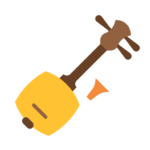 String Instr
String Instr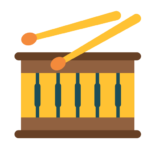 Percussion Instr
Percussion Instr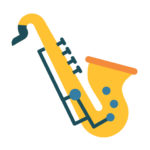 Wind Instr
Wind Instr Keyboard Instr
Keyboard Instr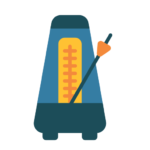 Tools
Tools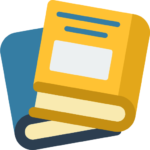 Books
Books
